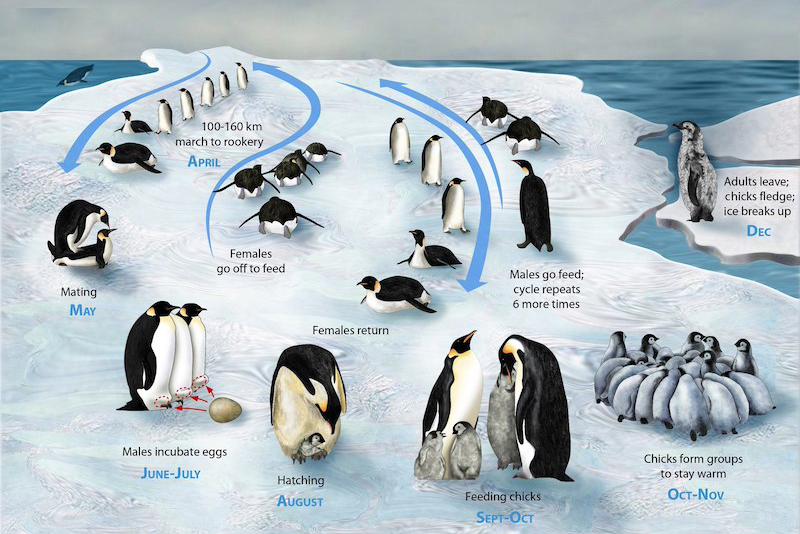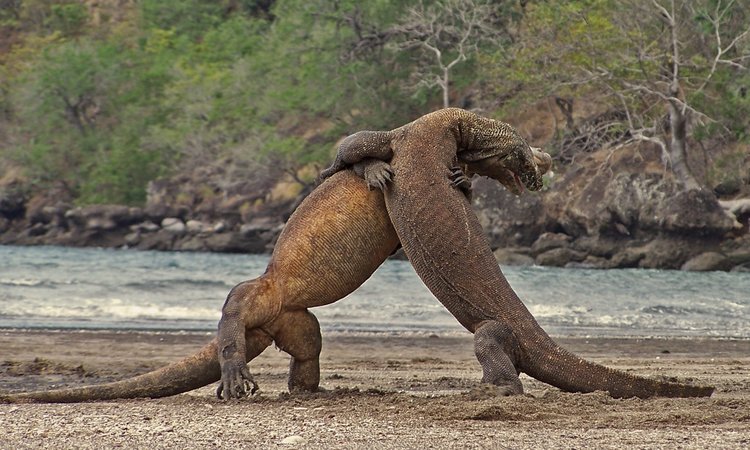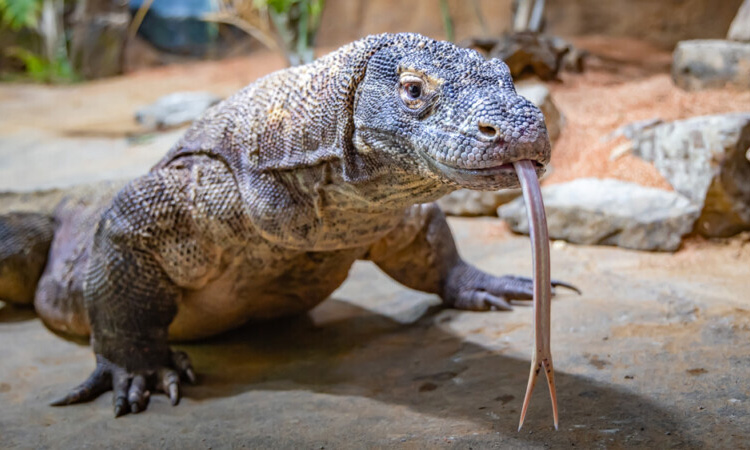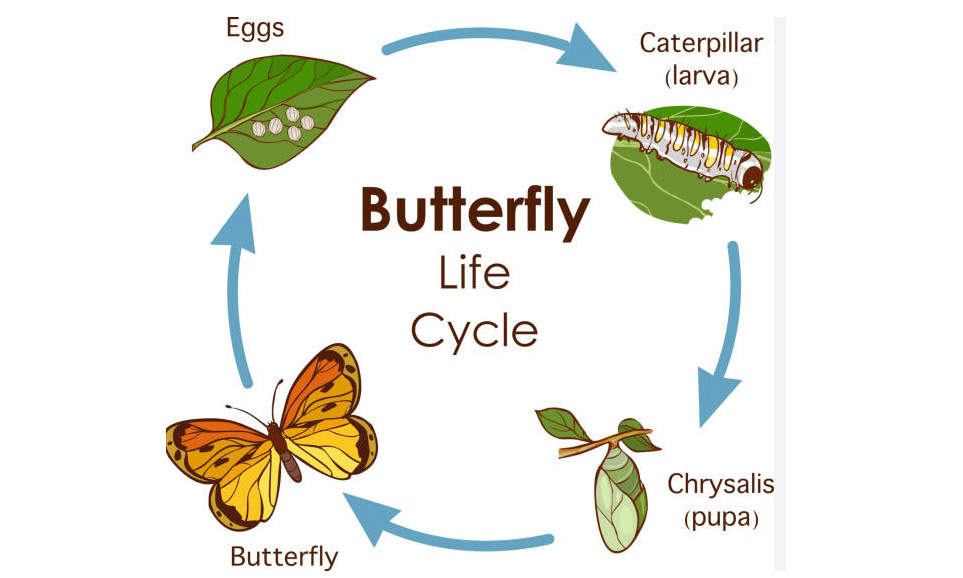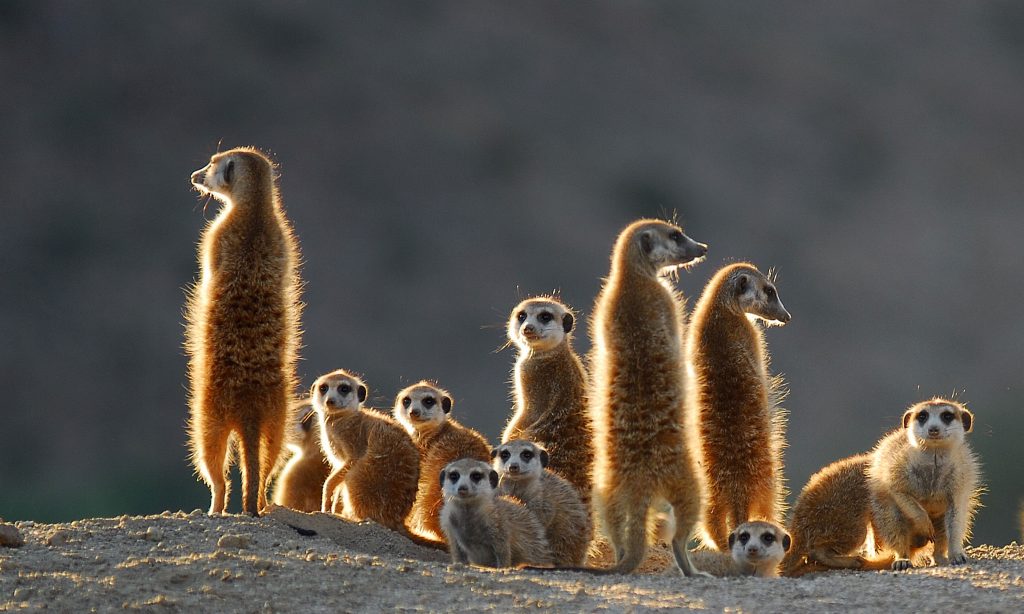Emperor penguins (Aptenodytes forsteri), the largest and most iconic of all penguin species, are renowned for their remarkable breeding habits. This article delves into the fascinating intricacies of emperor penguin breeding, exploring their unique behaviors, challenges, and the critical role it plays in their survival.
I. Choosing the Optimal Emperor Penguin breeding Grounds:
Emperor penguins exhibit an exceptional sense of site fidelity, returning year after year to the same breeding colonies. The selection of breeding grounds is a meticulous process, with these flightless birds meticulously evaluating factors such as ice stability, protection from predators, and accessibility to open water for feeding.
II. The Rituals of Courtship-groundwork for emperor penguin breeding:
Emperor penguins engage in elaborate courtship rituals to establish and strengthen pair bonds. The courtship process involves vocalizations, body movements, and intricate displays, with each pair forming a unique connection that is essential for successful breeding.
III. Building Nests in Harsh Environments:
Once pair bonds are established, emperor penguins face the challenging task of constructing nests in the harsh Antarctic environment. Utilizing pebbles, they create circular depressions to cradle their precious eggs. This process requires collaboration between mates, showcasing their cooperative nature.
IV. The Precarious Act of Egg Transfer:
Egg transfer is a delicate and well-coordinated process. After laying a single egg, the female transfers it to the male, who cradles it on his feet and covers it with a warm layer of abdominal skin. This act signifies the beginning of the male’s arduous journey of incubating the egg during the harsh winter months.
V. Endurance During Incubation:
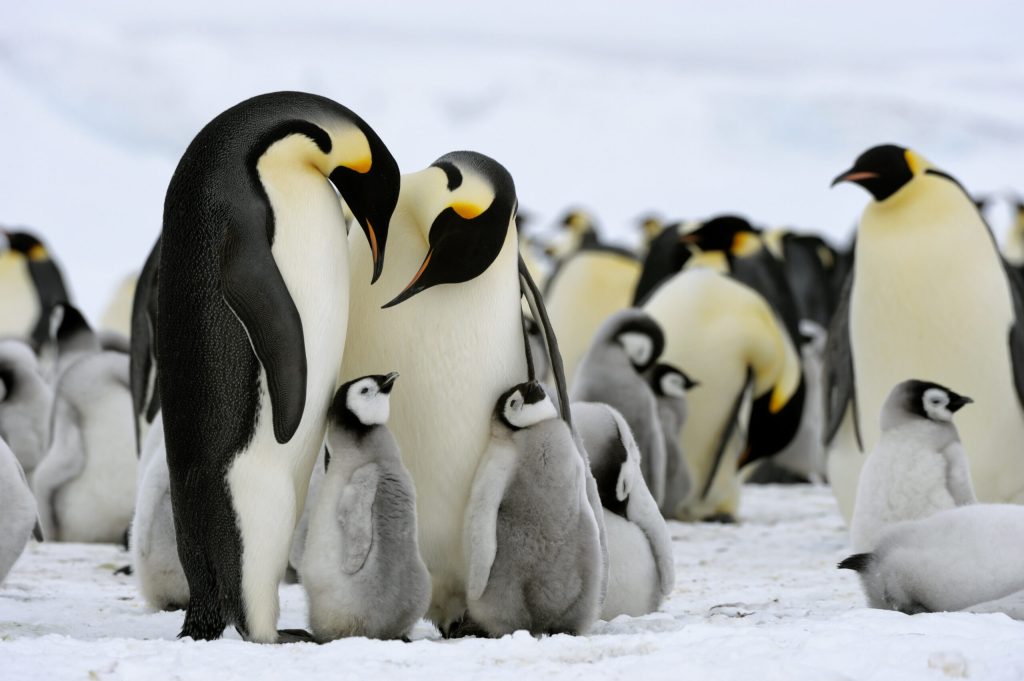
Emperor penguin males exhibit remarkable endurance during the incubation period, enduring extreme temperatures and relentless winds. Huddled together in large groups, these resilient birds share body warmth and rotate positions to protect themselves and their precious eggs from the brutal Antarctic conditions.
VI. The Harsh Reality of Chick Rearing:
Once the chicks hatch, the challenges persist. Males, who have not fed for weeks, must embark on a perilous journey to the open sea to forage for food. The females return to take over the responsibility of feeding and protecting the chicks, navigating the fine balance between nourishment and guarding against predators.
VII. The Synchronized Mass Departure:
As the Antarctic winter begins to wane, emperor penguins experience a synchronized mass departure from their breeding grounds. The chicks, now fledglings, are equipped with the strength and resilience necessary for survival in the challenging Antarctic environment.
Emperor penguin breeding is a testament to the remarkable adaptability and resilience of these awe-inspiring birds. Their ability to navigate the harshest conditions on Earth, from selecting optimal breeding grounds to enduring the challenges of incubation and chick rearing, reflects the intricate balance that defines their existence in the frozen landscapes of Antarctica. Understanding and appreciating the complexities of emperor penguin breeding is essential for conservation efforts aimed at preserving these magnificent creatures and the delicate ecosystems they call home.
